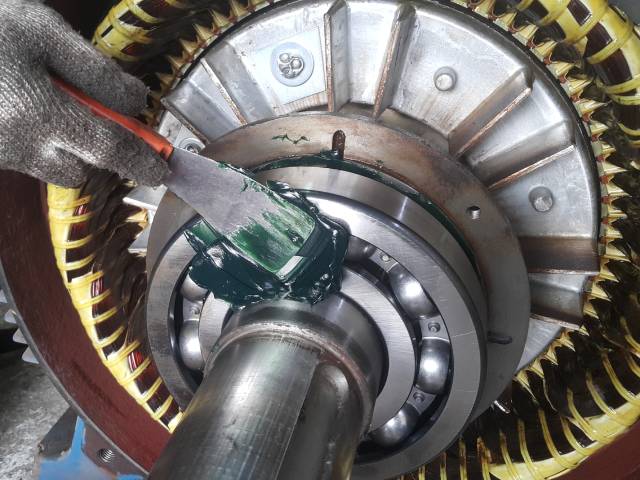

Editorial written by the Las Vegas Review-Journal Editorial Board
The federal government ramped up the printing presses during the pandemic, throwing cash around like the proverbial drunken sailor. While much of that aid helped businesses and individuals navigate unprecedented shutdowns, a significant portion of the money went up in smoke.
An Associated Press analysis last year concluded that at least $123 billion in COVID relief was “wasted or misspent” while “fraudsters potentially stole more than $280 billion.” No doubt the numbers are higher today.
Federal prosecutors have brought scores of actions against the crooks. In August, the Justice Department said it had filed charges against defendants “for offenses related to (more than) $836 million in alleged COVID-19 fraud.” Yet Congress now sits idly by as criminals loot programs passed as pandemic relief even though the crisis has long since passed.
One of the COVID-era measures federal lawmakers created is the Employee Retention Credit, intended to provide tax breaks to companies that continued to pay their employees during the pandemic. The measure was projected to cost $55 billion, but has so far cost four times that amount (and rising), according to The Wall Street Journal. Another estimate puts the total cost at $550 billion. In addition, the IRS is investigating fraudulent claims in the billions of dollars.
The Employee Retention Credit was catnip to con artists. Bogus firms sprung up offering to help businesses claim the credit for a percentage of the take (you may have heard them in TV or radio ads). The IRS issued warnings to business filers, urging them to use only reliable tax professionals rather than “a promoter or marketer hustling to get a hefty contingency fee.”
The problem is that the law allows businesses to file for relief as many as four years after the fact, all the way through tax year 2025. As of December, the IRS had more than 1 million back claims pending. The agency has noticed a trend. “The further we get from the pandemic,” IRS Commissioner Danny Werfel told Forbes, “we believe the percentage of legitimate claims coming in is declining.”
That should be an opening for Congress to tighten rules for back claims. “This approach would invalidate many of the claims made at the behest of the cottage industry of ERC fraudsters,” Andrew Moylan, a public finance expert, wrote in a recent Journal commentary, “while preserving those made earlier by truly needy companies.”
The pandemic is over. Why are temporary measures intended to blunt the economic destruction wrought by COVID still draining taxpayers and lining the pockets of cheats and scammers?
24World Media does not take any responsibility of the information you see on this page. The content this page contains is from independent third-party content provider. If you have any concerns regarding the content, please free to write us here: contact@24worldmedia.com

A Brief Look at the History of Telematics and Vehicles

Tips for Helping Your Students Learn More Efficiently

How To Diagnose Common Diesel Engine Problems Like a Pro

4 Common Myths About Wildland Firefighting Debunked

Is It Possible To Modernize Off-Grid Living?

4 Advantages of Owning Your Own Dump Truck

5 Characteristics of Truth and Consequences in NM

How To Make Your Wedding More Accessible

Ensure Large-Format Printing Success With These Tips

4 Reasons To Consider an Artificial Lawn

The Importance of Industrial Bearings in Manufacturing

5 Tips for Getting Your First Product Out the Door